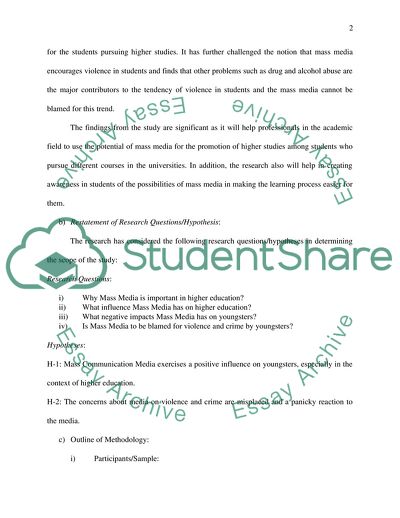Cite this document
(The Role of Mass Media in the Promotion of Higher Education Report Example | Topics and Well Written Essays - 2000 words, n.d.)
The Role of Mass Media in the Promotion of Higher Education Report Example | Topics and Well Written Essays - 2000 words. https://studentshare.org/journalism-communication/1816658-research-report
The Role of Mass Media in the Promotion of Higher Education Report Example | Topics and Well Written Essays - 2000 words. https://studentshare.org/journalism-communication/1816658-research-report
(The Role of Mass Media in the Promotion of Higher Education Report Example | Topics and Well Written Essays - 2000 Words)
The Role of Mass Media in the Promotion of Higher Education Report Example | Topics and Well Written Essays - 2000 Words. https://studentshare.org/journalism-communication/1816658-research-report.
The Role of Mass Media in the Promotion of Higher Education Report Example | Topics and Well Written Essays - 2000 Words. https://studentshare.org/journalism-communication/1816658-research-report.
“The Role of Mass Media in the Promotion of Higher Education Report Example | Topics and Well Written Essays - 2000 Words”. https://studentshare.org/journalism-communication/1816658-research-report.


